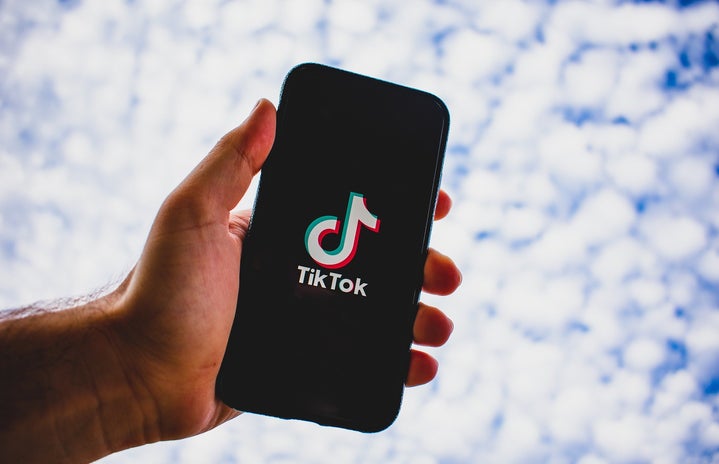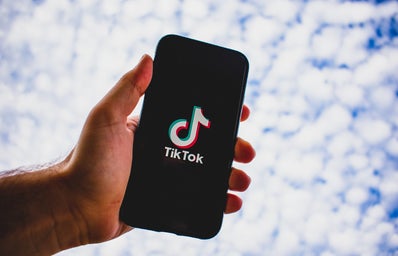Trigger warning for possibly upsetting content.
Growing up is hard. When mental illness is dismissed under the guise of “teen angst,” it can be difficult for young people to feel secure about opening up. But not for some TikTok users, who have started using the app as a means to cope.
Ranging from lighthearted jokes about personal trauma to “story times,” (multipart videos that offer a deep dive into someone’s past experience), teens are spilling even their most private memories on TikTok to an audience of strangers. These videos can rack up thousands, sometimes millions of views, and tend to have a comment section full of mixed reactions from others.
In one video posted, a user jokes about a previous sexual assault. The caption reads, “this is honestly a coping mechanism,” and the video itself has almost 400,000 likes. Many comments are supportive: one reads, “imagine making fun of yourself and OTHER people get offended.” Another user states, “see, this is dark humor. She is allowed to make fun of her own trauma.”
Others were not so sure. Mixed in the middle of a flood of, “I’m so sorry this happened to you,” and “stay strong,” one comment asks, “why even joke about this?” But those types of questions haven’t stopped many teens.
Dylan Hanson, a self-proclaimed “CEO of trauma,” chronicles an entire childhood of alleged abuse from multiple family members through short TikToks that use trending audios and jokes. In one of his most viewed videos of this series, Hanson claims that his mom held his hand on a curling iron for so long he had to wear a cast for 7 months while Hannah Montana’s “Everybody Makes Mistakes” plays in the background.
A user named Alana posted a video that rating objects that she claims her father hit her with on a scale of 0-10, (again, using audio clips from Hannah Montana). A belt scored 10/10, an Adidas slide a mere 0/5. One comment reads, “I mean, if you don’t laugh you’ll cry right?”
And are they right? What are the rules for coping mechanisms, if there are any? Is it healthy to broadcast such private events to people who may not expect to see such content?
While it hasn’t been proven exactly how the TikTok algorithm works, the For You page shows users a personalized batch of videos, supposedly based on what kind of content they interact with when on the app. If someone wants to see a new curated video, all they have to do is swipe up to get a randomized offering that will hopefully fit their interests.
To put things simply, there is no sifting through content on the For You page. Since users can’t determine what is shown, coupled with the fact that there are often no warnings on videos containing triggering content, vulnerable groups can be heavily affected. While the actual videos don’t have anything graphic, it should be said that the overall message can leave some feeling uneasy.
While talking about trauma certainly isn’t the only triggering TikTok trend (take the pro-anorexia community, for example), hashtags like #trauma and #abuse contain thousands of videos that have yet to be taken down by the app’s moderators. With the app being one of the most popular social media platforms, boasting 500 million users worldwide, one can only hope that at the very least, they will do a better job of screening this type of content in the future.



